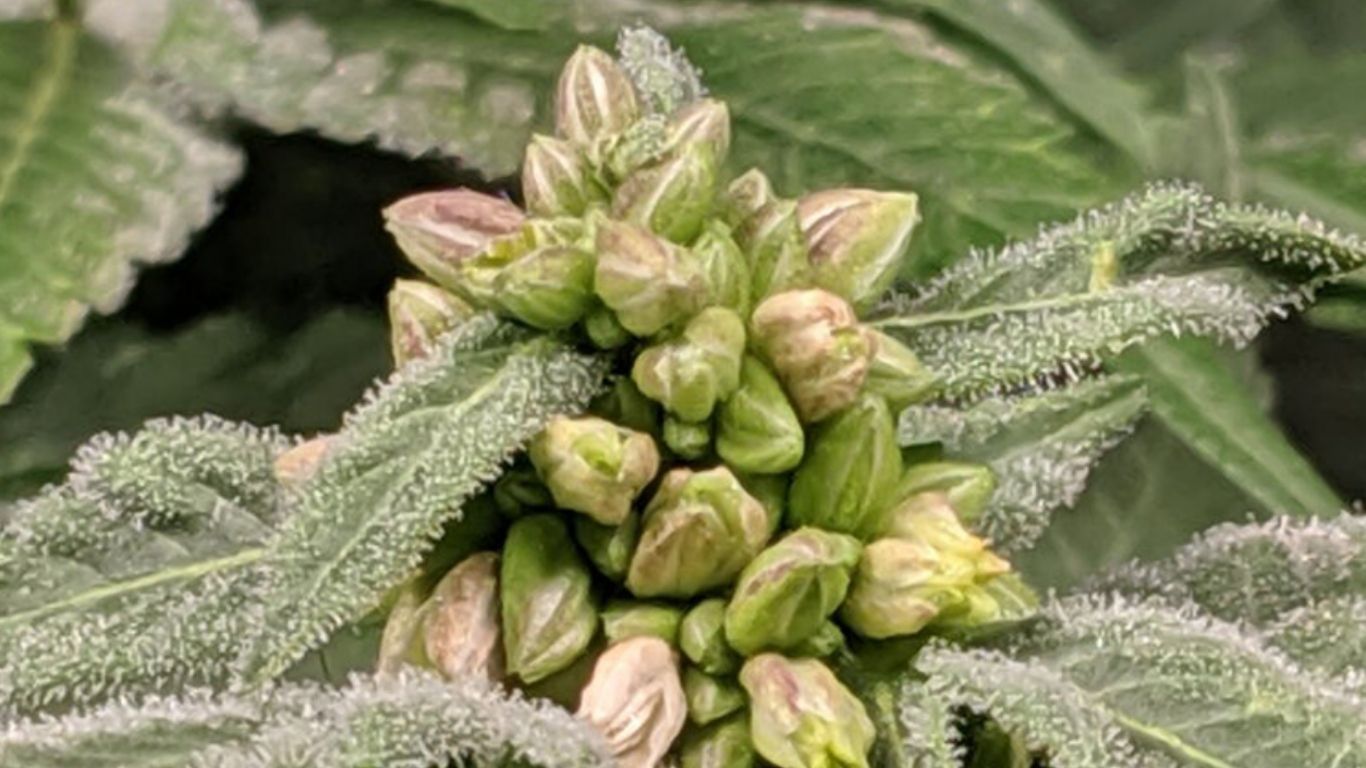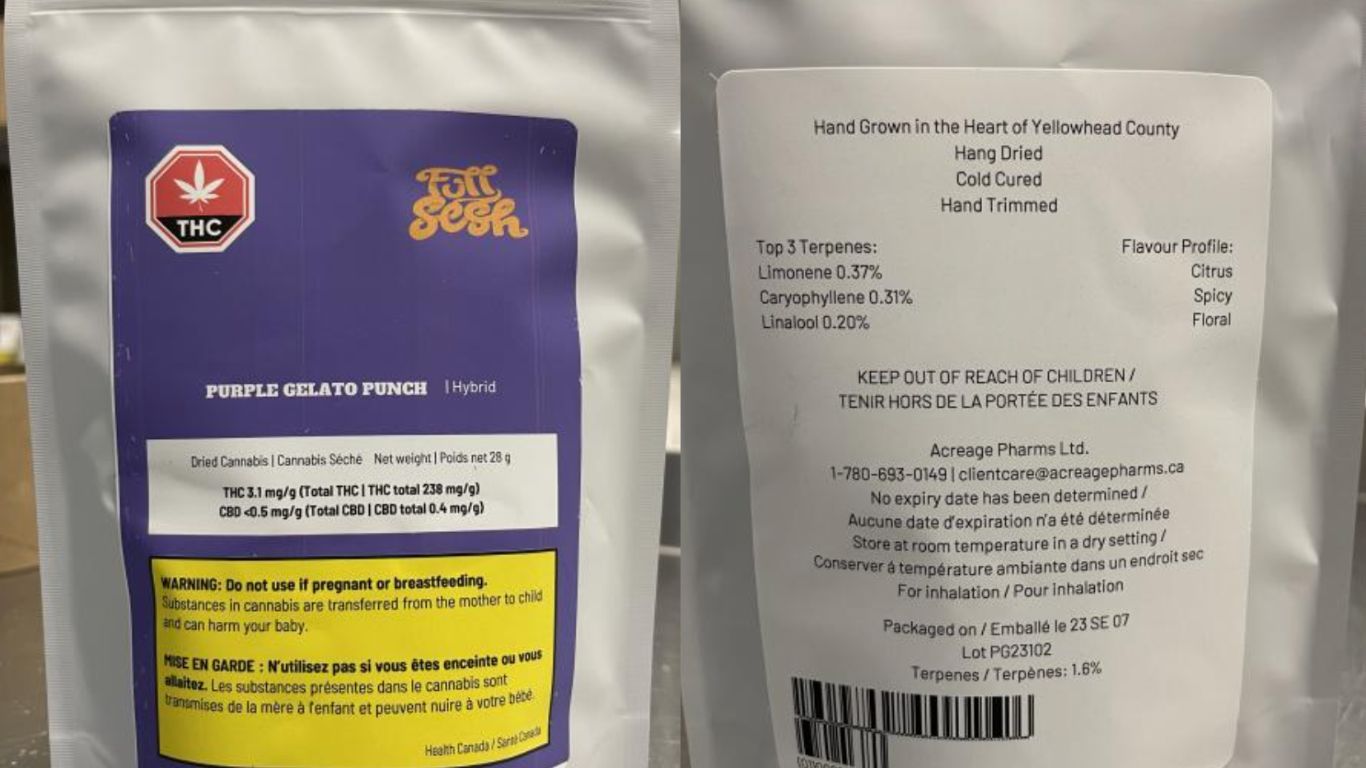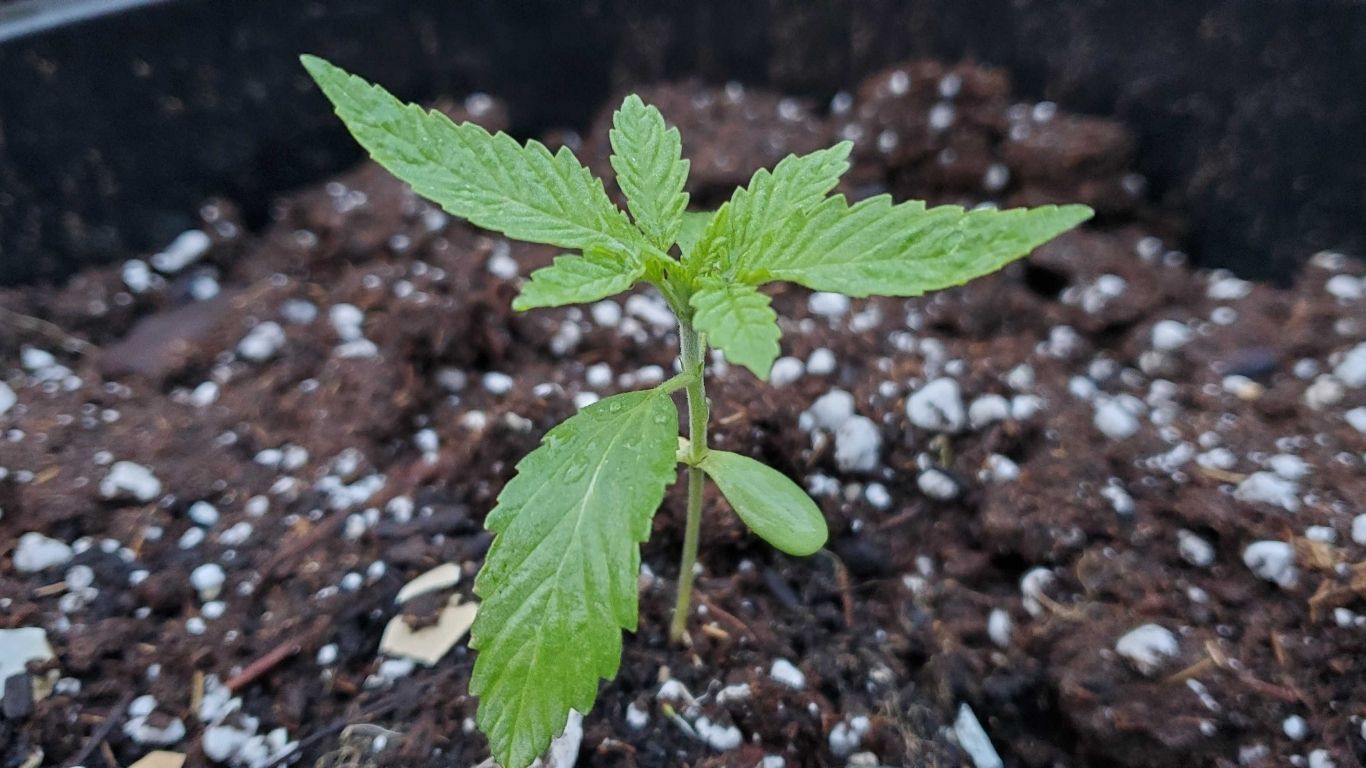
Treatment with STS led to a significantly higher number of pollen cells and higher viability compared to GA3.
At the end of last year, a Swiss/German group published a method that can be used to measure the quantity and viability of Cannabis pollen. This method could be useful to companies with an in-house breeding program for new strains, either for business-to-business sales or in order to cultivate these new strains themselves, and be first to market with the latest strain.
Typically, in the cannabis sector breeding is done to select for higher THC content, a certain ratio of CBD to THC, or a pleasing terpene profile (smell and taste). Many companies also farm hemp, which is the same species (Cannabis sativa), and want to select for the highest CBD content with as close to zero THC as possible, as any THC would have to be removed to below a certain level in order to meet Canadian or EU standards. This separation of the THC can be is onerous and expensive.
Female plants can be induced to produce male flowers by treating the plant with a number of chemical solutions. The pollen from the male flowers can then be collected and used to pollinate female flowers with the desired qualities. This method also has the advantage of producing seeds that are feminized (ie. they will grow only female plants).
In this study, it was determined that a solution of silver nitrate and silver thiosulfate in water was superior in terms of the total number of pollen cells as well as the percentage of active living pollen cells. (Editor’s note: However, these methods have been ruled as not being allowed by the Pest Management Regulatory Agency, ruling they are “plant growth regulators”. This ruling is counter to the original intent of the legislation but has not been successfully challenged yet)
A relatively low concentration of these silver salts in the water will result in complete conversion from female to male flowers. The highest numbers of pollen cells were produced two weeks after the day when flowering started, but collecting over a period spanning the 8th to 24th days after the start of flowering was more convenient and works well.
These observations were the same for two different strains that they tried in the study. The number of pollen cells that die is sensitive to high temperature and low humidity, so during flowering the temperatures were kept between 21°C and 29°C, and the relative humidity was between 30 and 47%.
The study concludes that treatment with STS led to a significantly higher number of pollen cells and higher viability compared to GA3.
The machine used to count the pollen cells and assess their viability is called an Ampha Z32 and is made in Switzerland by Amphasys AG. This analytical machine forces the pollen with water through a microfluidic chip and uses the fact that dead and living pollen cells behave differently in an electric field in order to tell them apart and separate them.
In addition to the observations on which chemicals to use and when to harvest the pollen, this technology may be useful to breeders here in Canada as the total number of flowers was not a good indication of when the highest numbers of live pollen were there.
It will be up to individual companies to decide whether these machines and technicians will be worth the R&D investment, or whether their strains will behave similarly to those studied here and just use the same materials and methods that are recommended and hope for the best.
–Eli Stoffman













